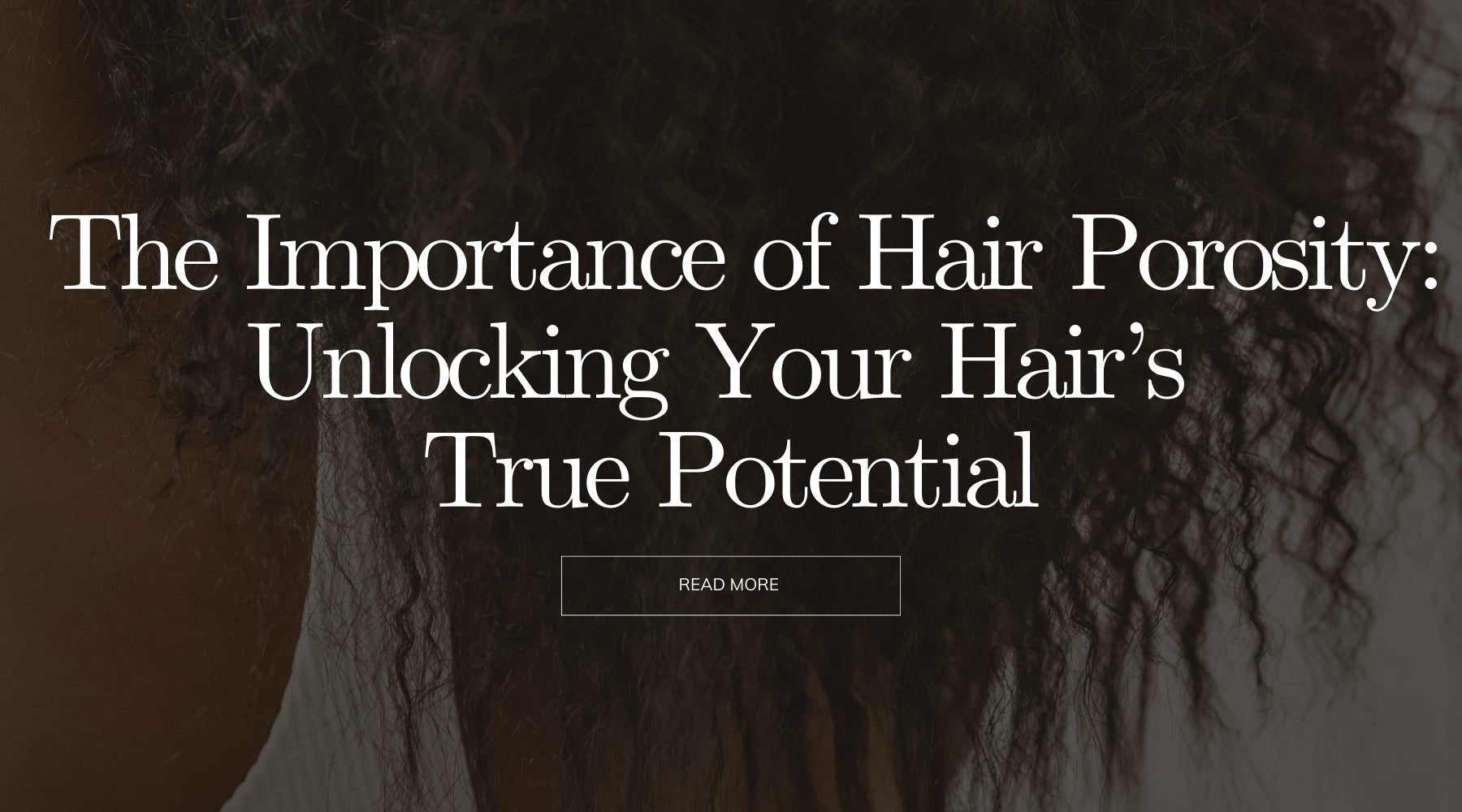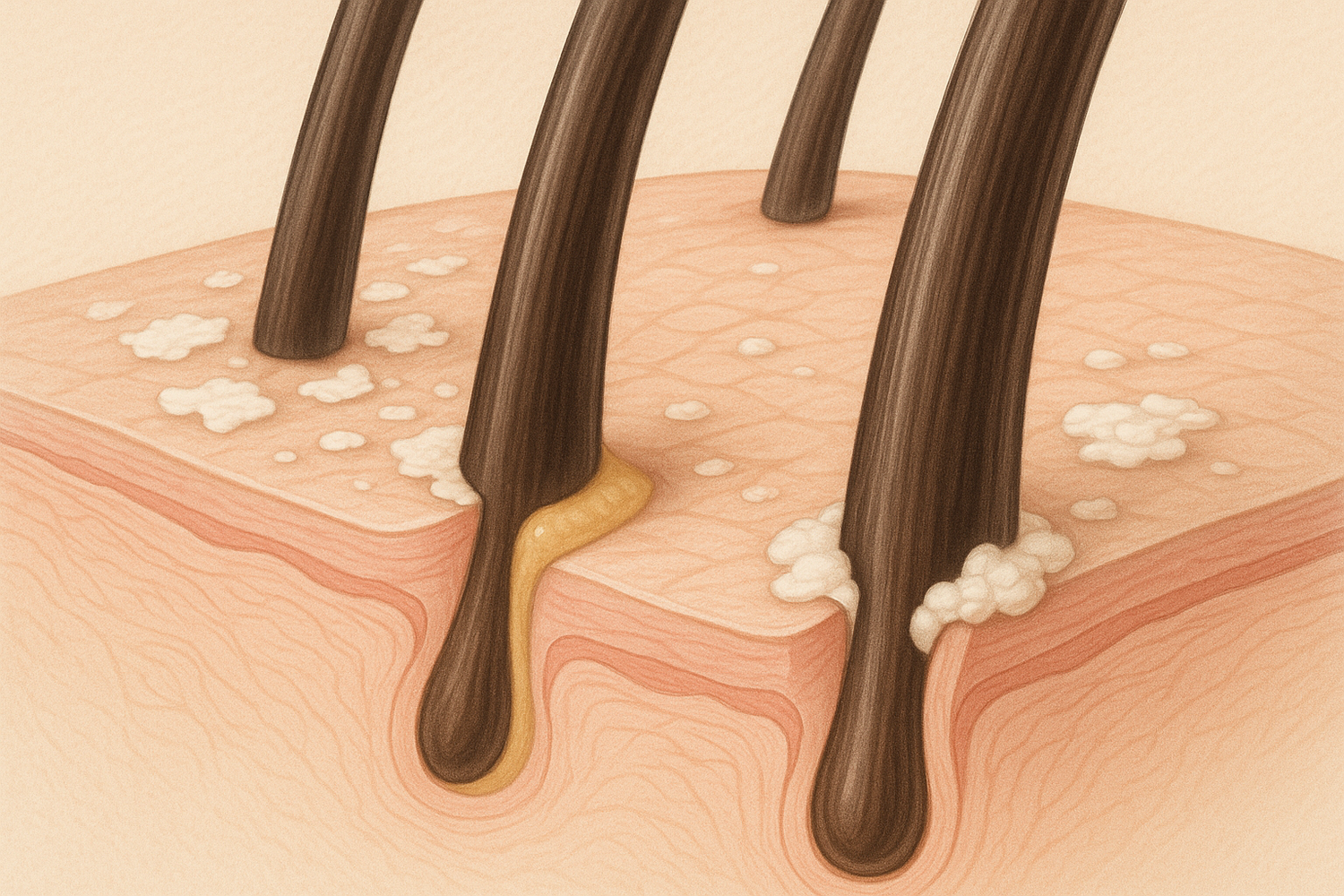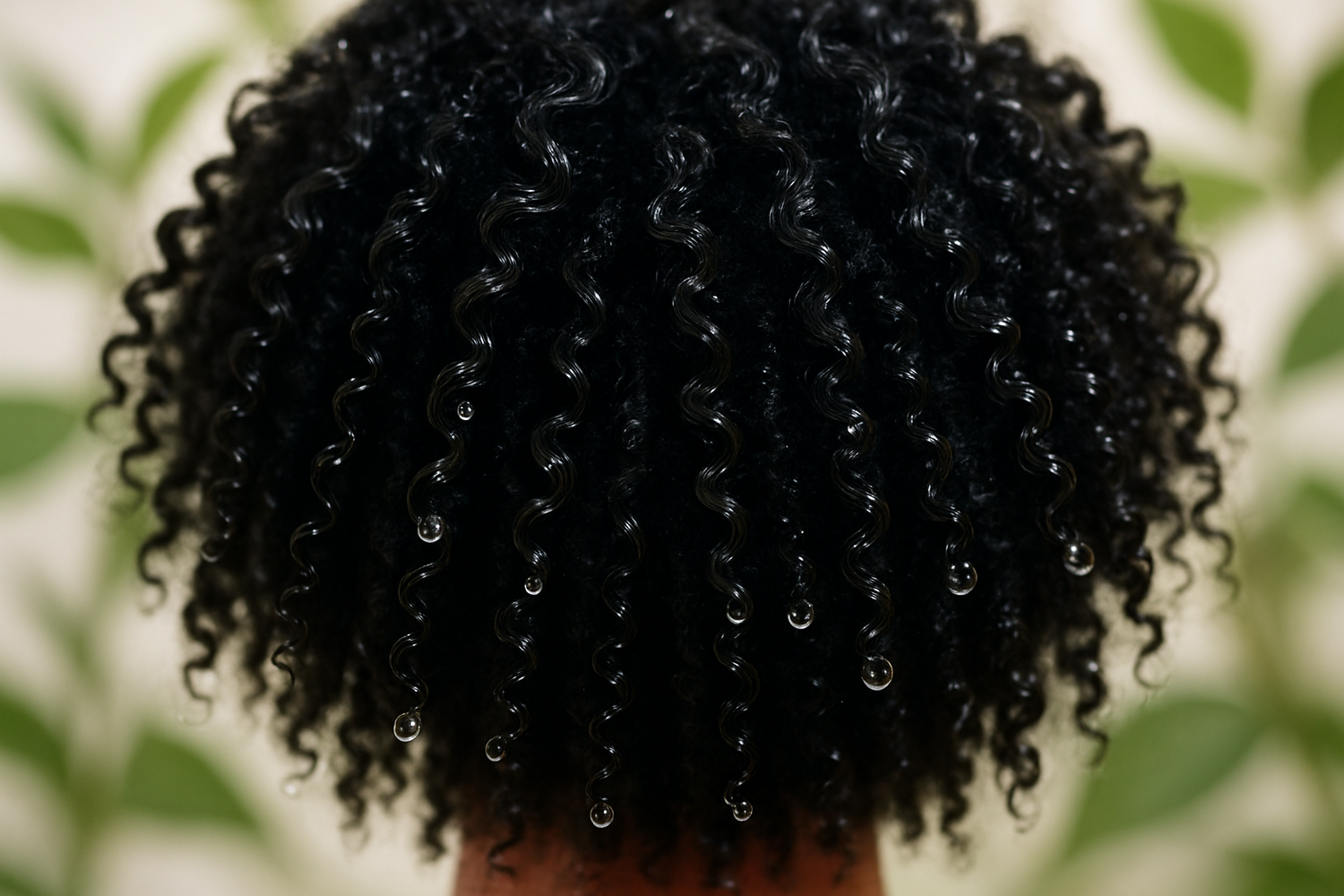Understanding your hair porosity is crucial for effective hair care, as it directly affects how your hair absorbs and retains moisture. In this blog, we’ll delve into the different types of hair porosity—low, medium, and high—and provide tailored care tips for each type. This knowledge can help you choose the right products and routines for healthier, more vibrant hair.
What is Hair Porosity?
Hair porosity refers to your hair’s ability to absorb moisture. It is determined by the condition of the hair cuticle, the outermost layer of your hair. The cuticle can be tightly closed, slightly open, or fully open, which influences how well your hair retains moisture and responds to products.
The Three Types of Hair Porosity
-
Low Porosity Hair
- Characteristics: The cuticle layer is tightly packed, making it difficult for moisture to penetrate. Low porosity hair often feels shiny but can be prone to product buildup.
-
Care Tips:
- Use Heat: Applying heat when conditioning can help open the cuticles and allow for better moisture absorption.
- Lightweight Products: Opt for lighter products, such as leave-in conditioners and oils, to avoid buildup.
- Avoid Heavy Oils: Heavy oils can weigh your hair down and lead to more buildup; stick to lighter options like argan or grapeseed oil.
-
Medium Porosity Hair
- Characteristics: The cuticle layer is slightly raised, allowing for a balanced absorption of moisture and products. Medium porosity hair generally holds styles well and is relatively low-maintenance.
-
Care Tips:
- Balance is Key: Use a variety of products, including both moisturizing and protein-rich formulas, to maintain the health of your hair.
- Regular Trims: Schedule regular haircuts to remove split ends and maintain your hair's overall health.
- Hydrating Treatments: Incorporate deep conditioning treatments into your routine to enhance moisture retention.
-
High Porosity Hair
- Characteristics: The cuticle layer is often damaged or raised, leading to a porous texture that absorbs moisture quickly but can also lose it just as fast. High porosity hair is prone to frizz and dryness.
-
Care Tips:
- Seal in Moisture: Use heavier oils or butters to seal in moisture after applying leave-in conditioners.
- Protein Treatments: Incorporate protein-rich treatments to strengthen and repair damaged hair.
- Avoid Heat Styling: Minimize the use of heat styling tools, as high porosity hair can be more susceptible to heat damage.
How to Determine Your Hair Porosity
To find out your hair porosity, try the following simple test:
-
The Water Test: Take a few strands of clean, dry hair and place them in a glass of water.
- If the hair floats: You likely have low porosity hair.
- If it sinks slowly: You have medium porosity hair.
- If it sinks quickly: You have high porosity hair.
Why Hair Porosity Matters
Knowing your hair porosity can significantly improve your hair care routine. By understanding how your hair absorbs and retains moisture, you can select the right products and techniques to promote healthier hair. Tailoring your hair care regimen to your specific porosity type helps you achieve better results, whether you’re looking to enhance moisture retention, improve curl definition, or reduce frizz.
Hair porosity is a vital factor in maintaining the health and beauty of your hair. By identifying your hair type and adjusting your routine accordingly, you can unlock your hair’s true potential. At The OrganiBrands, we offer a range of organic, vegan hair care products specifically designed to cater to all hair types and porosities. Discover your perfect match and elevate your hair care routine today!





